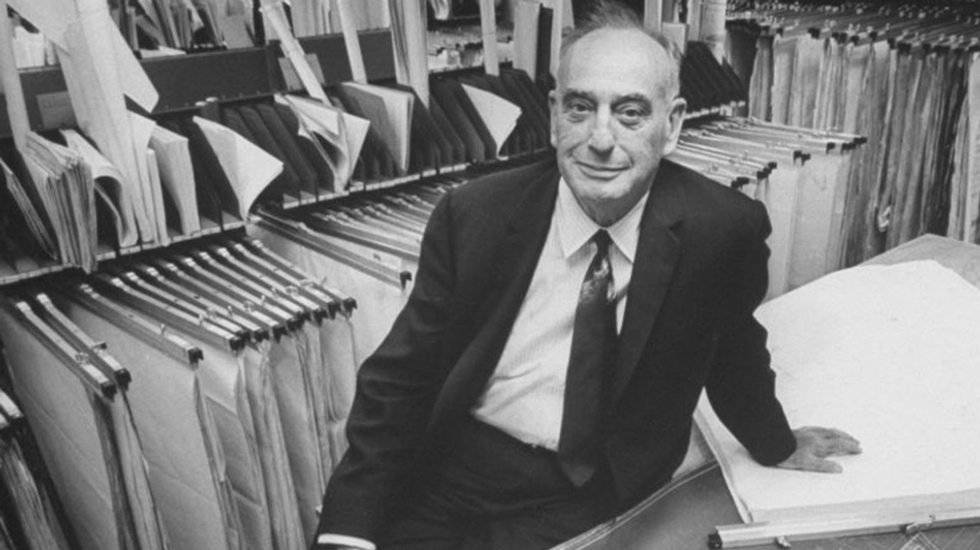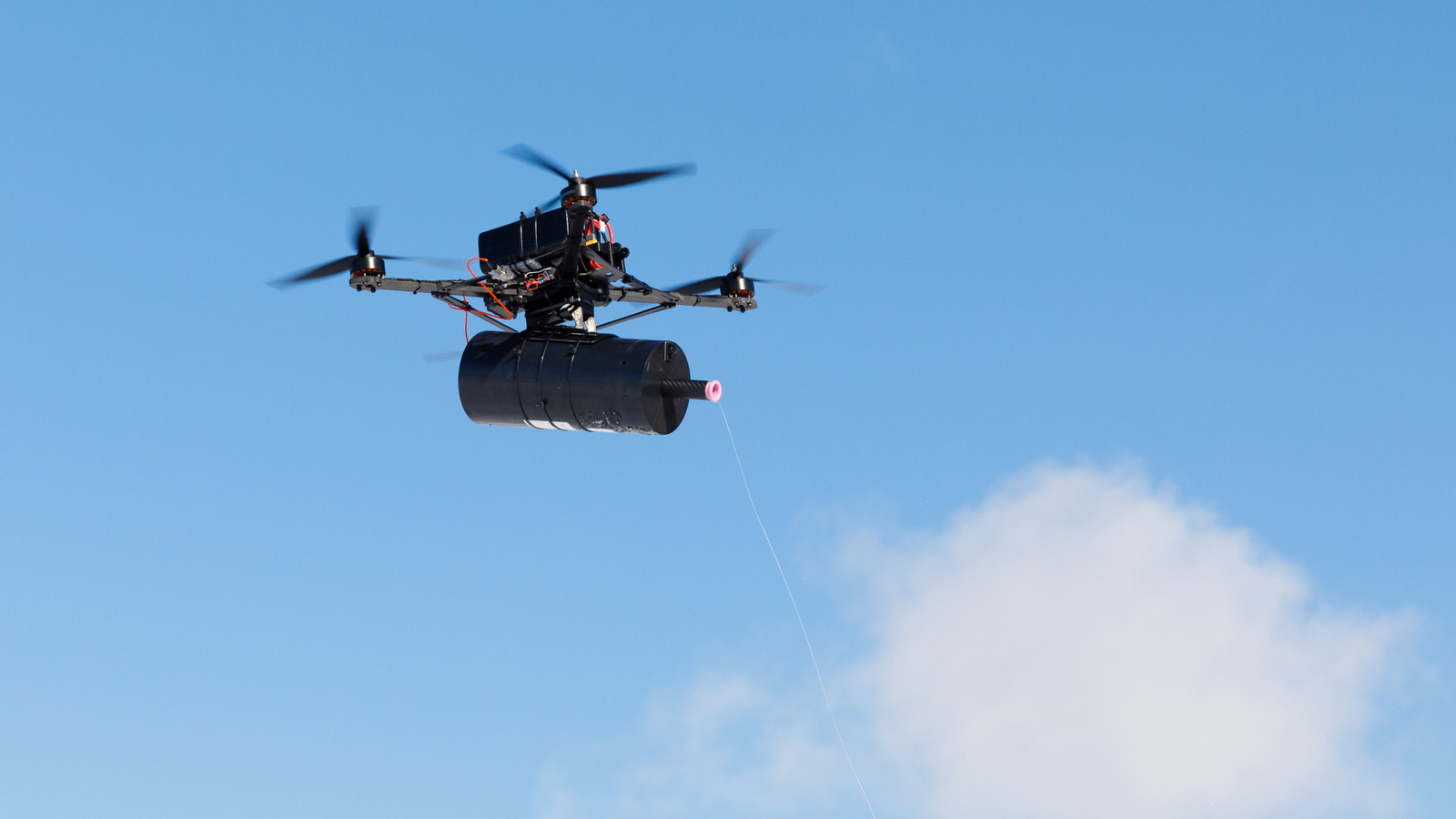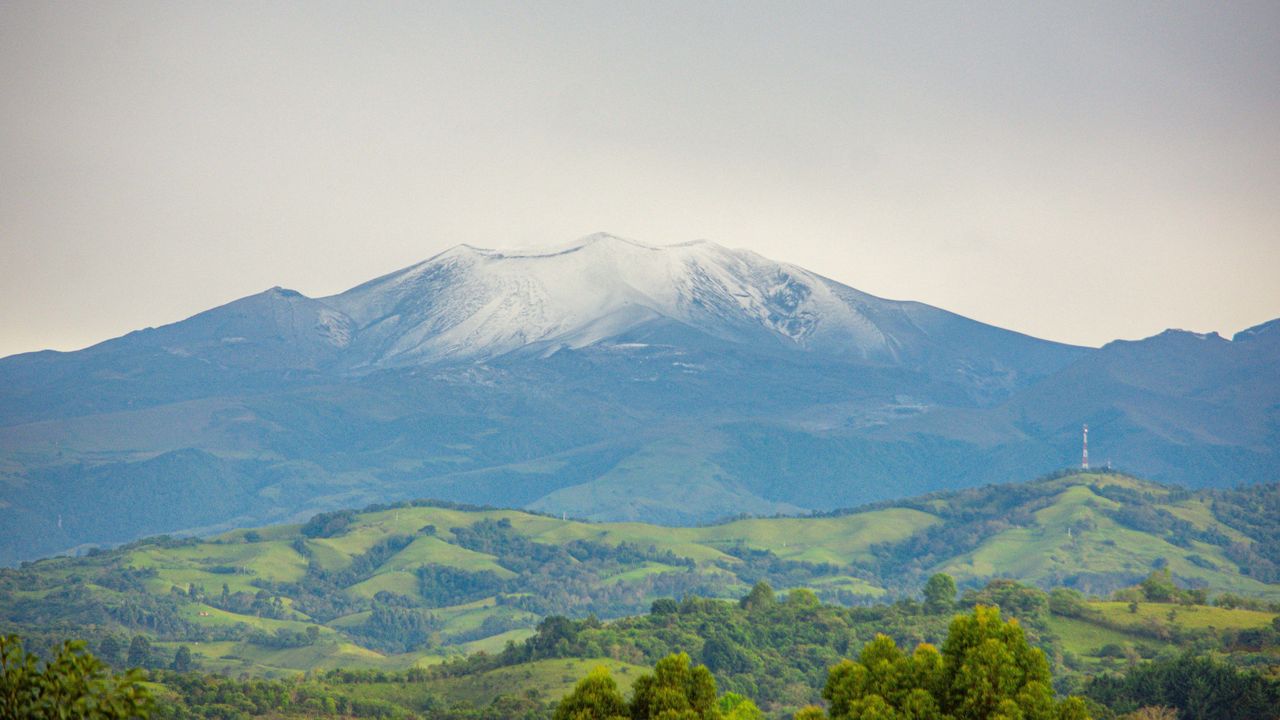
www.theblaze.com
Does your city feel like Disney? Blame Robert Moses
A single man had near-unending influence over the infrastructure of the largest North American cities.Robert Moses, born in 1888 in New Haven, Connecticut, helped pioneer large-scale urban infrastructure built around cars and commerce. His top-down planning approach later influenced other controlled, master-planned environments, including those created by Walt Disney.'An extraordinary man who, denied power within the normal framework of the democratic process, stepped outside that framework.'Moses held many titles during his time in politics and city/park planning, including secretary of state of New York (1927-1929), the first chairman of New York State Council of Parks (1924-1963), and the first commissioner of the New York City Department of Parks and Recreation (1934-1960).Mr. Moses' neighborhoodMoses' influence can be seen all over New York City, and he is predominantly responsible for turning a collection of neighborhoods into the common metropolis that most cities appear as today.It was Moses' idea to run expressways right through the middle of cities to maximize access to commercial zones. He was responsible for infrastructure projects like the Brooklyn-Queens Expressway, the Staten Island Expressway, and the Cross Bronx Expressway. Many bridges that lead into New York City and Manhattan were his doing as well.FDR Drive, where the United Nations headquarters is located, is also a creation of Moses. All's fairAside from numerous bridges and expressways, Moses also built nearly 30,000 apartment units by 1939, which is discussed in his biography, "The Power Broker," by Robert Caro.The book describes Moses as "an extraordinary man who, denied power within the normal framework of the democratic process, stepped outside that framework to grasp power sufficient to shape a great city and to hold sway over the very texture of millions of lives."It was that influence and power in New York that led him to becoming the president of the World's Fair in 1964. Which, according to a documentary by Defunctland, led to Moses implementing mass evictions in low-income neighborhoods to make way for road systems.RELATED: Comedian Shane Gillis shocks ESPN crowd with Epstein and illegal alien jokes: 'This is Disney' Photo by Bettmann Archive/Getty Images Moses planned to make at least half of the fairgrounds permanent and openly said that much of the infrastructure was meant to stay as part of his vision of a futuristic park. This plan mirrored Moses' suggestions for many of the city projects he worked on. Shopping blockAt the same time, the fair was more heavily commercialized than any before it. Moses abandoned the visual and thematic consistency of earlier fairs to maximize profit, allowing companies to design their own exhibits in exchange for high rental and repair fees — services that were allegedly monopolized by a small number of favored contractors.Moses' success in commercialization was noted by Disney, who wished to replicate his overall design thesis when plotting out Disney World in Florida. The two had worked together on the 1939 World's Fair, for which Disney created a special promo cartoon and even licensed a Donald Duck Day.The first animatronics were created for the 1964 iteration of the fair as well.Moses' influence goes far beyond Disney, though. He either directly consulted on, or influenced, the planning of at least a dozen North American cities. He is responsible for the infrastructural theory that cities should be focused on commercial centers, not residential housing.Room for vroomThe idea that cars should move swiftly through cities on expressways took hold in places like Portland, where Moses was hired to help design the freeway network.In Pittsburgh, Moses put his skills in planning both parkways and parks into practice when he was hired by the Pittsburgh Regional Planning Association to solve congestion issues. He ended up building the Penn-Lincoln Parkway, the Crosstown Boulevard, and the Point State Park.RELATED: Tragic Kingdom: String of mysterious deaths shakes Disney World Photo by Paul Hiffmeyer/D23 EXPO via Getty Images Moses acted as a consultant for a "high-speed freeway" in New Orleans in the 1940s and "stressed the benefits of removing vehicle traffic from the crowded streets," according to an article by urban planning expert Jeff Brown. While most of his suggestions were not taken in New Orleans, they were in Hartford, Connecticut, where he planned another freeway. The city declined his suggestion to build a parking garage in tandem with the expressway, though. Interestingly, Moses' road was reportedly placed through a slum in order to capitalize on "urban renewal funds" to help pay for the project.Goin' southOther cities like Boston, San Francisco, Baltimore, Memphis, Phoenix, and Toronto, Canada, have seen indirect influence from Moses. In the 1940s and 1950s, Moses eventually faced resistance, and many of his highway projects were scaled back or canceled, according to the New World Encyclopedia.As the desire for Moses' planning skills eventually soured, he and others looked to opportunities in Latin America.The article "Transforming the modern Latin American city: Robert Moses and the International Basic Economic Corporation" discusses how in 1950, the mayor of Sao Paulo, Brazil, hired a commercial corporation headed by Nelson Rockefeller to design the public works for the city.Moses was appointed director of studies to work in the "Program of Public Improvements" for Sao Paulo and allegedly caused great controversy in Brazil due to his intentions to import American companies to operate in the country.Moses' influence is still visible in major cities where congestion is chronic and housing is scarce. Disney World succeeded for a simpler reason: It was designed entirely around consumerism, without the complications of cars, housing, or civic life.In that sense, Disney World represents a kind of Robert Moses ideal — an urban space devoted purely to consumption, perfectly controlled, and freed from the democratic friction and human needs that constrained Moses in the real world.















